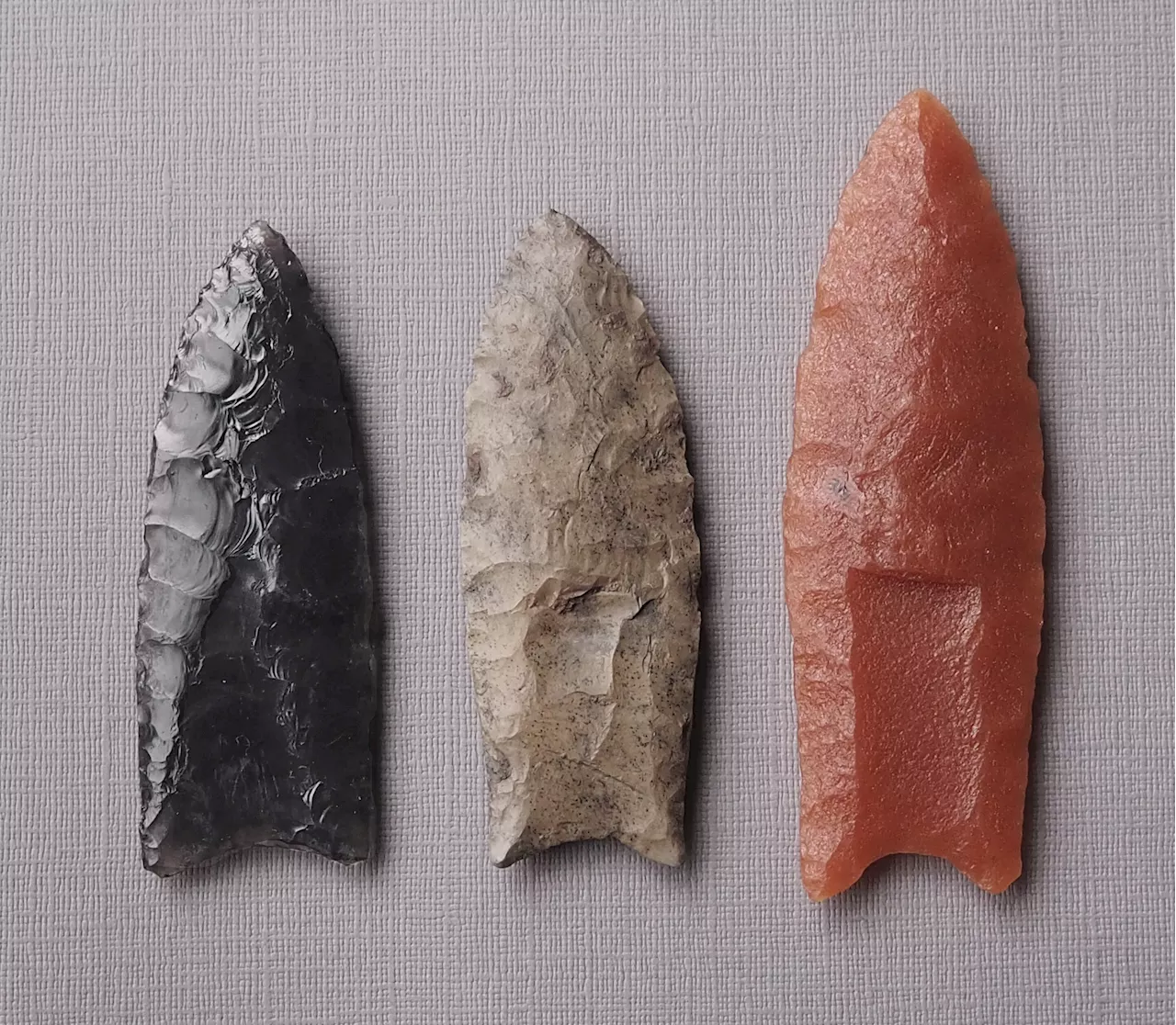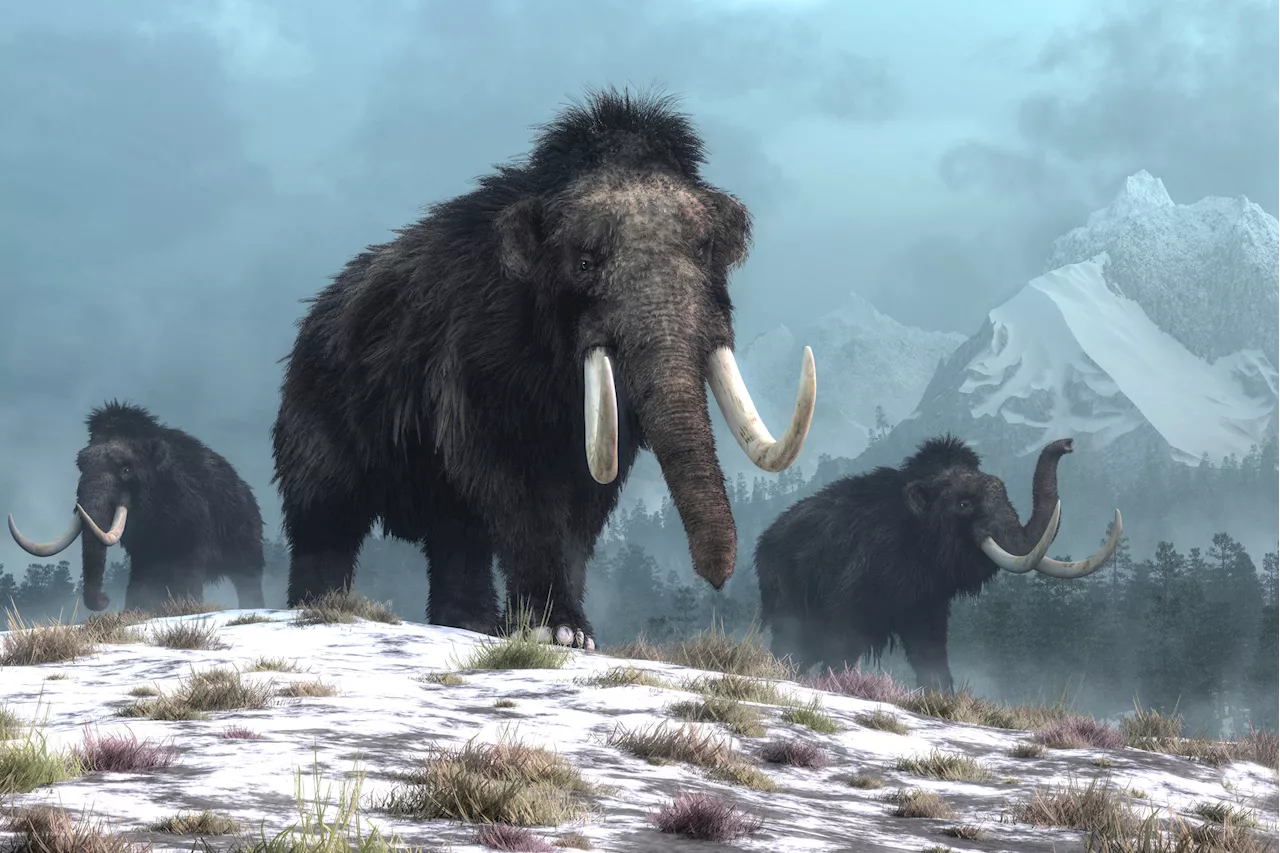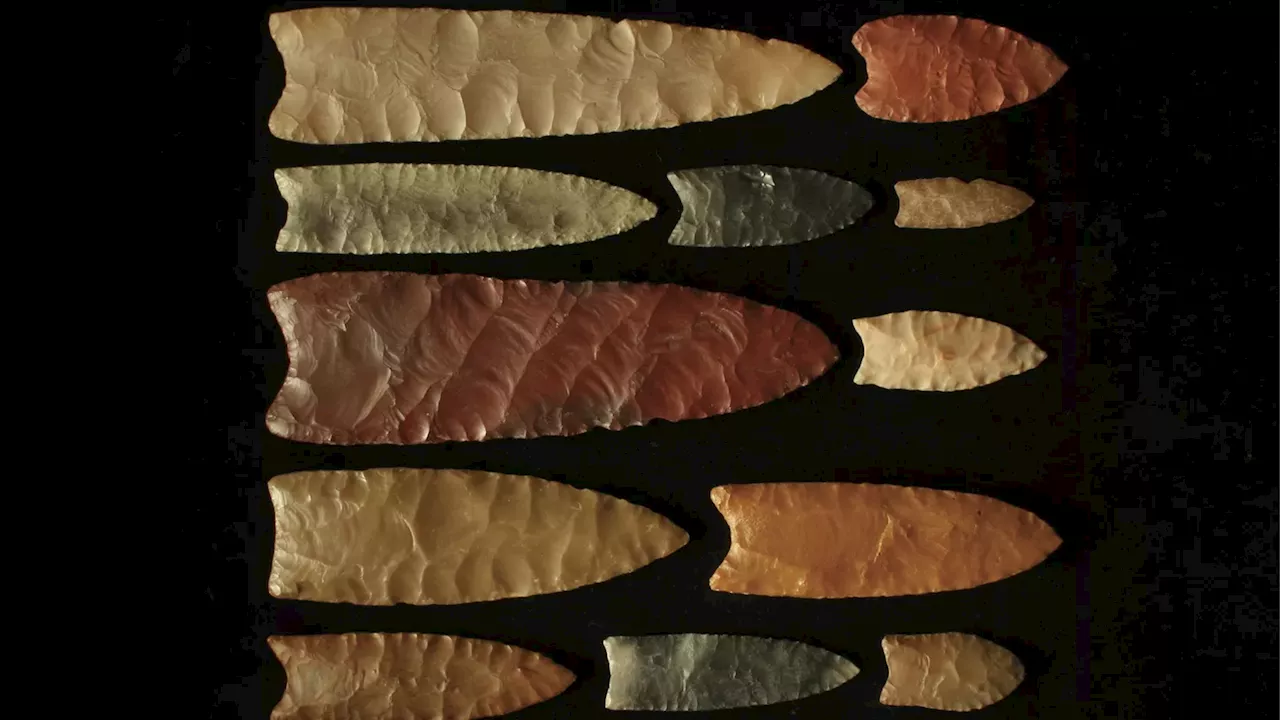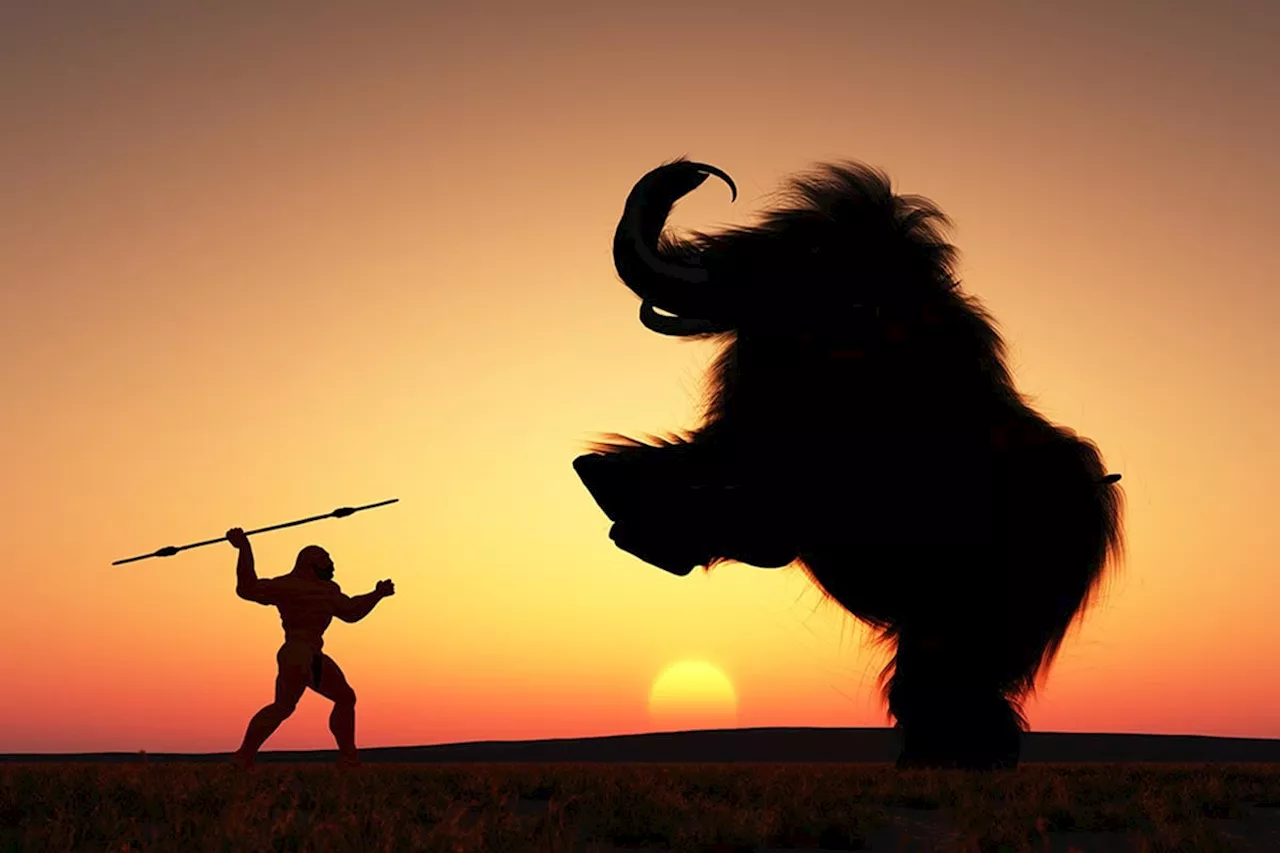Stuffy noses from plant allergies may have meant mammoths couldn't smell each other's pheromones, resulting in them struggling to find a mate.
Woolly mammoths may have gone extinct because of a rather less dramatic reason than some other theories—stuffy noses from allergies.Frozen tissue samples from mammoth remains have been found to contain traces of antibodies and allergens, indicating that these ancient giants may have been experiencing plant allergies as the climate shifted, impacting their ability to smell, according to a new paper in the journal Earth History and Biodiversity.
If these allergic reactions ended up blocking up their nose, as it does in humans, then it may have prevented the mammoths from smelling out the pheromones given out during their mating season, limiting sex and therefore offspring.
United States Latest News, United States Headlines
Similar News:You can also read news stories similar to this one that we have collected from other news sources.
 New evidence suggests allergies were partly to blame for demise of woolly mammothA team of chemists and zoologists from Israel, Italy and Russia, has found evidence suggesting that part of the reason woolly mammoths went extinct was the onset of allergies that made it difficult for them to find mates.
New evidence suggests allergies were partly to blame for demise of woolly mammothA team of chemists and zoologists from Israel, Italy and Russia, has found evidence suggesting that part of the reason woolly mammoths went extinct was the onset of allergies that made it difficult for them to find mates.
Read more »
 To kill mammoths in the Ice Age, people used planted pikes, not throwing spears, researchers sayHow did early humans use sharpened rocks to bring down megafauna 13,000 years ago? Did they throw spears tipped with carefully crafted, razor-sharp rocks called Clovis points? Did they surround and jab mammoths and mastodons? Or did they scavenge wounded animals, using Clovis points as a versatile tool to harvest meat and bones for food and...
To kill mammoths in the Ice Age, people used planted pikes, not throwing spears, researchers sayHow did early humans use sharpened rocks to bring down megafauna 13,000 years ago? Did they throw spears tipped with carefully crafted, razor-sharp rocks called Clovis points? Did they surround and jab mammoths and mastodons? Or did they scavenge wounded animals, using Clovis points as a versatile tool to harvest meat and bones for food and...
Read more »
 Archaeologists Reveal How Prehistoric Americans May Have Killed MammothsThousands of Clovis point tools have been found in North America, but exactly how they were used has been the subject of debate.
Archaeologists Reveal How Prehistoric Americans May Have Killed MammothsThousands of Clovis point tools have been found in North America, but exactly how they were used has been the subject of debate.
Read more »
 Ice Age humans may have used pikes to hunt mammothsLaura is a science news writer, covering a wide variety of subjects, but she is particularly fascinated by all things aquatic, paleontology, nanotechnology, and exploring how science influences daily life. Laura is a proud former resident of the New Jersey shore, a competitive swimmer, and a fierce defender of the Oxford comma.
Ice Age humans may have used pikes to hunt mammothsLaura is a science news writer, covering a wide variety of subjects, but she is particularly fascinated by all things aquatic, paleontology, nanotechnology, and exploring how science influences daily life. Laura is a proud former resident of the New Jersey shore, a competitive swimmer, and a fierce defender of the Oxford comma.
Read more »
 To kill mammoths in the Ice Age, people used planted pikes, not throwing spears, researchers sayArcheologists say new findings might help resolve the debate about Clovis points and reshape how we think about what life was like roughly 13,000 years ago.
To kill mammoths in the Ice Age, people used planted pikes, not throwing spears, researchers sayArcheologists say new findings might help resolve the debate about Clovis points and reshape how we think about what life was like roughly 13,000 years ago.
Read more »
 Rewriting History: Ice Age Hunters Used Planted Pikes, Not Throwing Spears, To Bring Down MammothsScience, Space and Technology News 2024
Rewriting History: Ice Age Hunters Used Planted Pikes, Not Throwing Spears, To Bring Down MammothsScience, Space and Technology News 2024
Read more »
